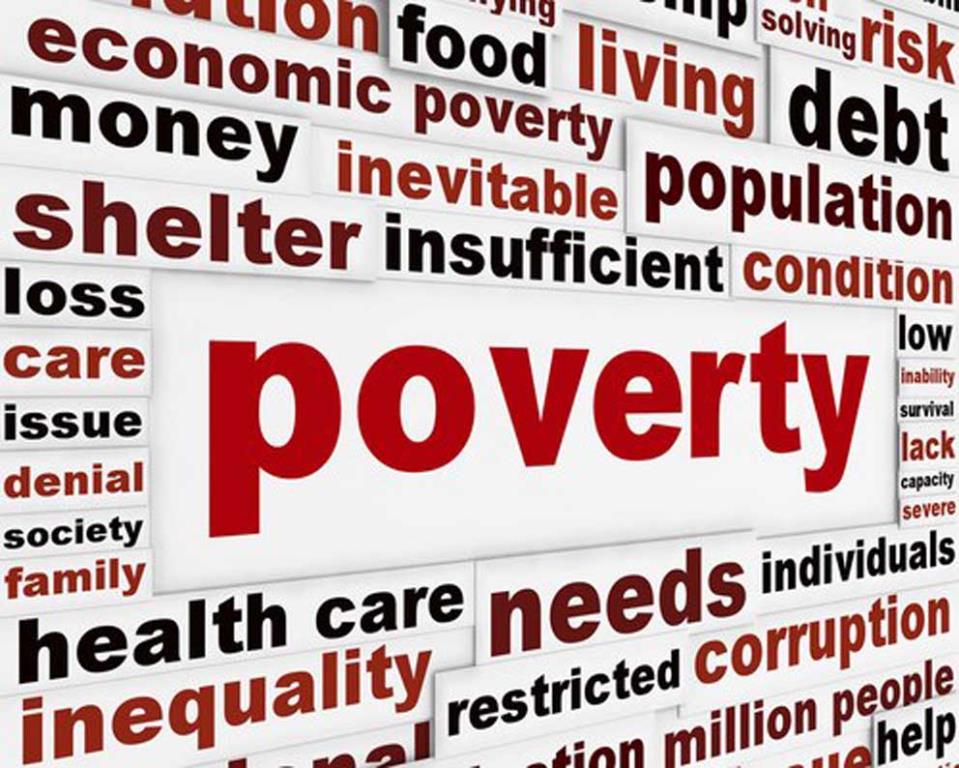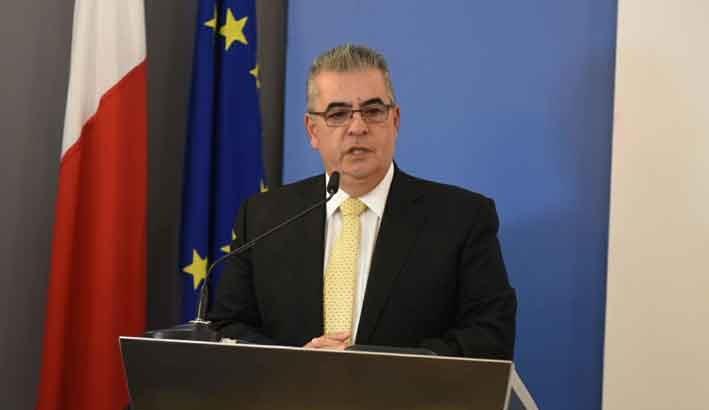While the number of people at risk of policy and social exclusion has reduced, the number of elderly persons in such a situation has increased since 2013.
Government has released the implementation and evaluation report 2014-2016 of the national strategic policy for policy reduction and social inclusion.
The strategic policy was launched on 19 December 2014, and is a ten year plan that maps the country's strategic direction to address poverty and social exclusion up to the year 2024.
According to the statistics, the number of people At Risk of Poverty or Social Exclusion (AROPE) has dropped since 2013.
In 2013, there were 99,000 persons AROPE, however in 2016 this number reduced to 85,000. That is 20.1% of the Maltese population. This percentage is below the EU average of 23.4% (estimated) rate who are at risk of poverty or social exclusion.

Delving deeper into the provided statistics, one sees that in 2013 there were 24,000 children and 9,000 young persons (18-24) were at risk of poverty and social exclusion, and in 2016 the numbers reduced to 18,000 and 6,000 respectively. The number of elderly persons at risk of poverty and social exclusion in 2013 stood at 14,000, rising to 20,000 in 2016. Family Minister Michael Falzon, as well as Maya Miljanic-Brinkworth - a research analyst within the ministry, said during their presentations that the statistics do not take into account the more recent measures implemented by government. It is interesting to note that there are 2,000 less elderly in severe material deprivation now that there were in 2013, according to the report.
The AROPE indicator encompasses three indicators, namely the At Risk of Poverty rate, the work intensity indicator and the severe material deprivation rate. Thus a person aged 0-59 is classified as AROPE if he or she is either at risk of poverty, severely materially deprived, or resides in a household with low work intensity. Persons aged 60+ are classified as AROPE if he or she is either at-risk-of-poverty or is severely materially deprived.
The strategic policy presented back in 2014 has three objectives; to increase Malta's sustainable development, to promote empowerment and social solidarity; and to consolidate social services in order to address these challenges.
As at end 2016, 276 measures and projects feeding into 86 policy actions were introduced in six policy areas. The policy areas are income and social benefits; employment; education; health and environment; social services; culture.

The report presented Thursday shows that the At Risk of Poverty Rate (not to be confused with the at risk of poverty or social inclusion mentioned above in this article) in Malta has actually increased slightly since 2013. In 2013, there were 65,000 persons at risk of poverty, however in 2016 this number stood at 70,000. The report states that this increase is explained by an ever increasing median nationally equivalised income which rose from €12,093 in 2013 to €13,572 in 2016. According to the NSO, "the at risk of poverty rate is the share of people with an equivalised disposable income (after social transfers) below the at-risk-of-poverty threshold. It only measures the financial aspect of poverty in relation to the moving 60% median nationally equivalised income." Malta's At Risk of Poverty rate is still below the EU average rate by 0.8%.
As for severe material deprivation, numbers have dropped significantly since 2013. In 2013, there were 39,000 people who were severely materially deprived. This dropped to 19,000 in 2016.
The report notes that the share of population in very low work intensity (VLWI) is an indicator capturing the share of people living in households with very low work intensity. This is defined as those households where the adults worked 20% or less of their total work potential during the past year.
"During recent years Malta exhibited an increase in its employment rate which as at 2016 stood at 69.6%. In parallel, Malta also witnessed a decrease in its unemployment rate which has declined from 6.4% in 2013 to 4.7% in 2016." In 2013, there were 28,000 people in very low work intensity, reducing to 23,000 in 2016.

Speaking with this newsroom after the event Miljanic-Brinkworth highlighted to sectors of society where more work needs to be done. Regarding single parents, she said that the at risk of poverty rate has reduced significantly, which is a positive outcome. In order to improve their situation we need to approach them to contribute more in terms of education, engage in formal employment etc. We have to think about this long-term in order not to spend years out of the labour market and in the long-run, contribute towards their own pensions making their later years better.
The second sector relates to third country migrants. "Education is crucial. Many come to Malta without much education and work in services which do not require much education. But in the long-run that has to change. Their work has to be recognised, and we need to work with their families and see how their children have to be better educated than them, and how they can continue to contribute to society in an active manner."
"With regards to integration, the research shows that where the native population is of low education, the ability to accept immigrants and allow circumstances for their integration reduces. The more the local population is educated, the wider their acumen and ability to absorb and understand the causes and consequences of immigrants in society." She mentioned the need to work with both the local and foreign population in order to ensure integration.
Family minister Michael Falzon took note of the generally positive results, however all this is work in progress, and he said that government will keep working to improve the situation of the Maltese and Gozitan people.
PN statement
In a statement, the PN said that the statistics clearly show that the surplus government boasts about does not reach a quarter of the Maltese children.
"Instead of recognising that at risk of poverty among children is a problem, the PL this morning boasted that this statistic reduced by 2% since when they first came to government."
"If government, instead of giving hundreds of thousands in consultancies to those close to them, spent that amount addressing the problem there would be far fewer children at risk of poverty."